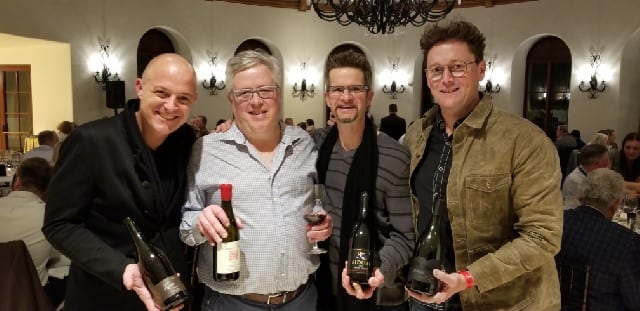Burgundy Vignerons in the Willamette Valley
This story originally appeared in the Napa Valley Register.
Often you will hear a domestic Pinot Noir described as Burgundian in style. But only Pinot Noir from Burgundy tastes Burgundian.
Each region has its own style. Sta. Rita Hills Pinot Noir has bright red cherry fruit aromas. Santa Maria Pinot Noir has darker cherry aromas as well as earthy spice and tea notes. Russian River Pinot Noir is noted for its cherry fruit flavor, bright acidity and earthy mushroom notes. Oregon Pinot Noir has raspberry, strawberry, cherry and floral aromas with earthy notes of mushroom.
What sets Burgundy apart is that it is a region driven by its terroir. Land is passed down from generation to generation and Josh Green of Wine & Spirits Magazine described it as a more spiritual way of dealing with vineyards. The vignerons (grower/winemaker) look to grow grapes in a way that represents the place from where it comes. They do not have a preconceived idea of what the wine should be. In comparison, in the U.S., a winemaker chooses the land they want to work with and are more driven by varietal.


While we should not compare other wine regions to Burgundy, an interesting panel discussion led by Josh Green took place at World of Pinot Noir. The panel consisted of three Oregon wine producers: Aaron Bell of Domaine Drouhin, Thomas Savre of Lingua Franca and Mark Tarlov of Chapter 24. Their wines were tasted side-by-side with Burgundy producers. Why was that? It was not to pick the best but to see if we could find parallels. The greatest parallel is that all three of these wines have ties back to Burgundy.
03 April, 2018







